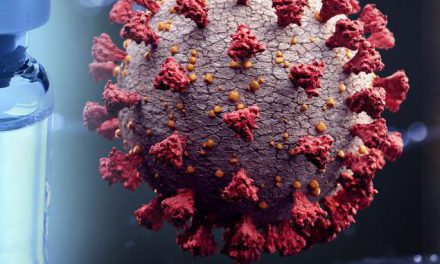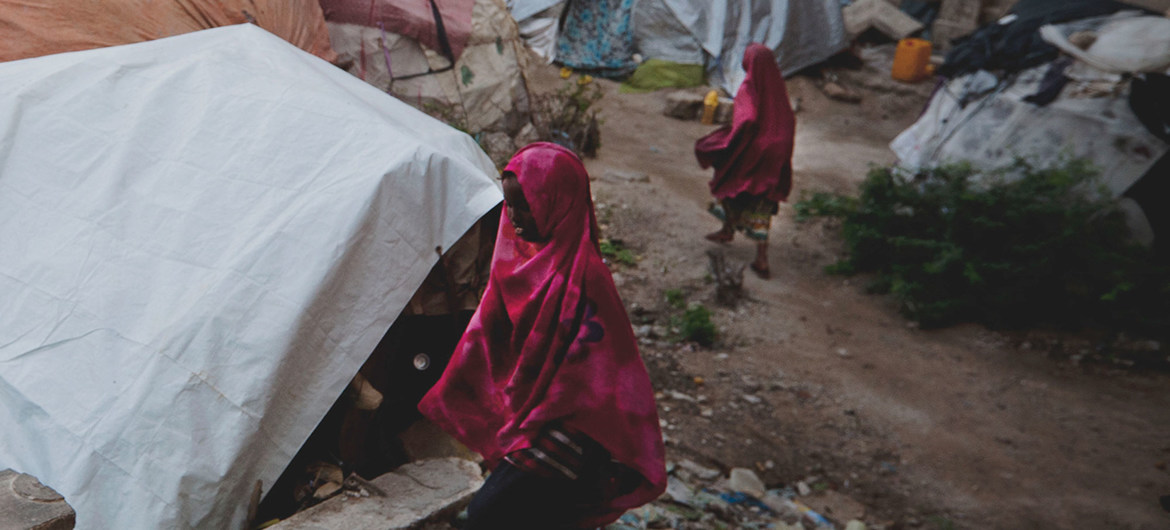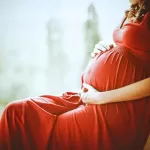Riga, April 4 – A significant outbreak of Shiga toxin-producing E. coli has swept across Latvia, resulting in 53 reported cases, including seven adults, according to the Centre for Disease Prevention and Control (CDC). The outbreak has particularly affected children, with cases confirmed in 28 schools, 26 preschool institutions, and two elementary schools nationwide.
The Children’s Clinical University Hospital in Riga has been treating 28 children for the infection. As of Thursday, 12 children have recovered and been discharged, while 16 remain hospitalized, with four in intensive care, indicating the severity of the illness.
Epidemiologists are currently investigating the source of the outbreak. Despite extensive laboratory testing and contact tracing efforts, the exact origin remains unidentified. Investigators suspect contaminated food products may be responsible, but the CDC has not ruled out the possibility of a mixed-source outbreak, potentially involving a product contaminated with multiple pathogens.
Escherichia coli (E. coli) bacteria are commonly found in the intestines of humans and animals and are usually harmless. However, certain strains, known as STEC or VTEC (Shiga toxin or verotoxin-producing E. coli), produce dangerous toxins that can cause severe illness. Symptoms can include bloody diarrhea and, in severe cases, acute kidney failure requiring intensive care. Herbivorous animals, particularly cattle, are considered the primary reservoir of these harmful bacteria.
This outbreak marks a notable increase in E. coli cases in Latvia, which reported 42 cases throughout the previous year.
The World Health Organization (WHO) highlights that while most E. coli strains are harmless, STEC can lead to serious foodborne illnesses. Transmission typically occurs through the consumption of contaminated foods, such as raw or undercooked ground meat, raw milk, and contaminated raw vegetables and sprouts.
The Latvian CDC continues to urge vigilance and adherence to food safety practices to prevent further spread of the infection.
Disclaimer: This news article is based on information provided by the IANS and the Latvian Centre for Disease Prevention and Control (CDC). Medical information is subject to change as more data becomes available. Always consult with a healthcare professional for diagnosis and treatment. The information provided here should not be considered a substitute for professional medical advice.












